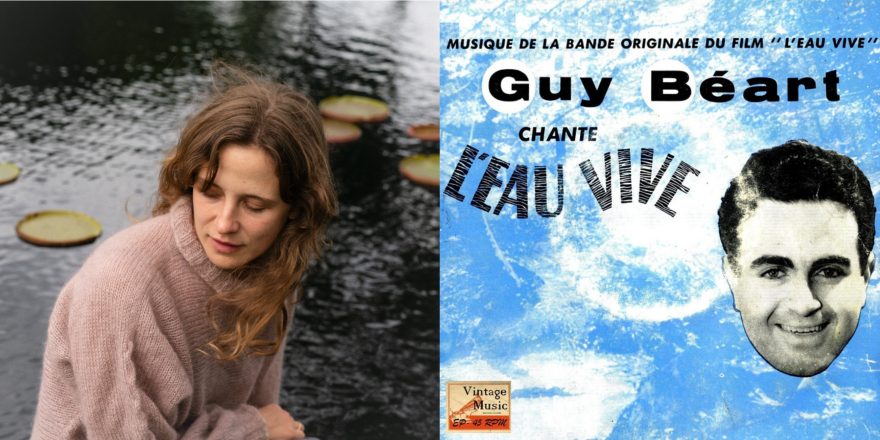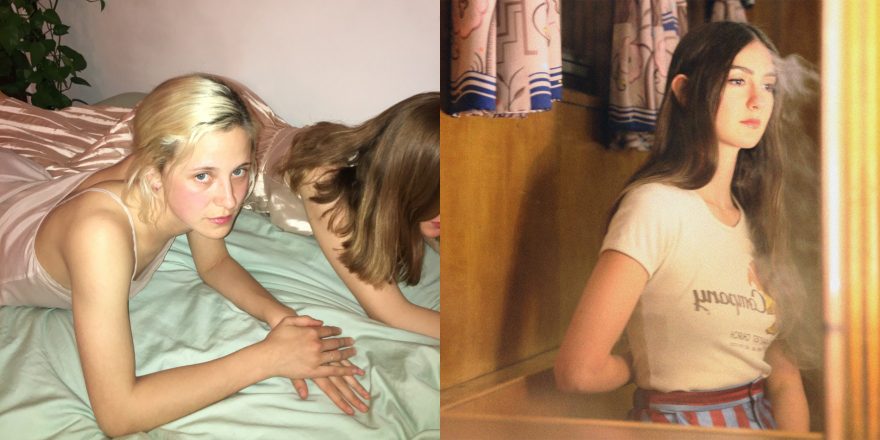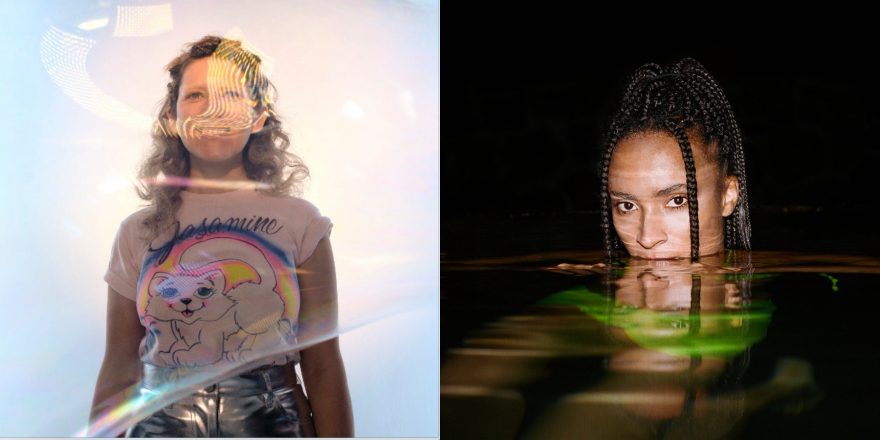On one of the summits of Mount Royal, the small mountain that towers higher than any of Montreal’s buildings, following zoning regulations, there is a man-made lake called Beaver Lake. It sits on top of Homlstead’s park like a crown, full of murky water and surprisingly big fish. Where Mohawk and Anishnaabe peoples used to trade, hold rituals, and take shelter during the winter, locals and tourists now stroll, jog, and ski. The mountain undergoes a transformation at nightfall. Humans typically scour home, and animals abound. It’s not uncommon to mistake a large raccoon perched high up in a tree for the last remaining leaves enduring the cold fall winds. The sound of one of these creatures eating might send shivers down your spine.
The night we spotted an owl perched a few meters away, majestic, indifferent to our presence, ready to swoop down for a kill, the first few lines of a song sprouted in my mind. “The Animals” was one of the last songs I wrote for my new album, Goodnight Summerland. I had had a tough day and was walking up the mountain with my partner. He spotted the animals, his mind unburdened by intrusive thoughts, while I was preoccupied, tempted to ask him whether he said anything unkind about me behind my back and thus failing to be attentive to the lovely, dark, bustling evening all around us. The song is a plea for comfort in a moment of irrational insecurity, when what surfaces has more to do with past experiences than the present situation.
My process often involves recording a minimal idea in a voice memo during moments of emotional intensity. Since my inner critic might not be at its most refined during these specific times, I usually take a step back, sometimes for weeks or even months. If the voice memo pleasantly surprises me upon revisiting, the focus begins.
The morning after working on “The Animals” for most of the evening, I called my dad on the way to a café. Could he help me remember which song I was alluding to with this melody? I sang to him, “nights like these I can’t quite tell a fear from a wish.” He thought of “L’eau vive” by Guy Béart, a title that didn’t immediately ring a bell for me until he whistled the tune and mentioned it was one of the songs his sister used to sing at family reunions.
I hadn’t heard “L’eau vive” in over a decade. My dad’s side of the family used to sing all night at family gatherings, especially traditional call-and-response songs that are vestiges of old québecois ways of living and being together (my dad’s siblings came of age in the late ‘60s and ‘70s, and so they also love singing The Beatles). Singing has become less frequent since my grandfather passed away; he would sit at the head of the table and request songs, even from people joining us for the first time, asking, “C’est quoi, ta chanson?” (“What’s your song?”).
Hearing “L’eau Vive ” through the receiver was like a Proustian Madeleine. I hadn’t remembered its existence yet here I was, singing along, partially on St-Viateur, partially in the crowded kitchen of the family reunions of my childhood. Released in 1960, “L’eau vive” is one of Béart’s most enduring compositions. “L’eau vive” translates to “Running Water” or “Living Water” in English. For me, the song is about a father anticipating the moment when his daughter will be old enough to marry, fearing the loneliness her departure might entail. “L’eau vive” has a sing-song quality that inspired “The Animals,” which also deals with preoccupation about potential future abandonment.
When it came time to record the song, Alexandre Larin, who plays guitar with me on the recordings and in our live performances, played this beautiful, impressionistic line that sits atop my strumming and immediately reminded me of a painting. I’m not a synesthete, but the combination of notes and of the recalled scenery of the mountain brought to mind a Monet painting of the Seine. While they would be hard to compare, if what Monet saw still happens nowadays, the Seine and Beaver Lake might share a similar emotional quality during moments in the late evening or early morning. Monet’s painting inspired the staging of our live show for The Goodnight Tour in North America in November and Europe and the UK in February.
Last spring, I suggested we have Easter at my dad’s place and that everyone bring their song. I got to sing “L’eau vive,” my aunt having a dozen others up her sleeve. We sang late into the night, just as I remembered us doing, which is probably why I dreamed of a career that would allow me to do exactly that.
(Photo Credit: left, Lawrence Fafard)






